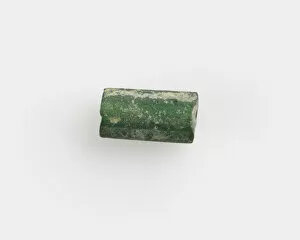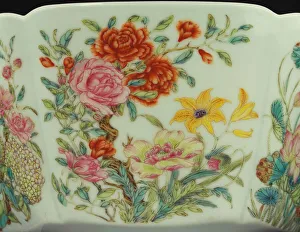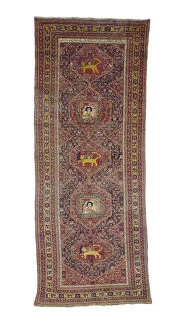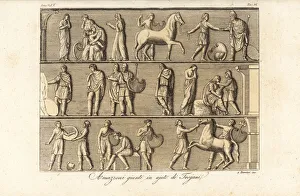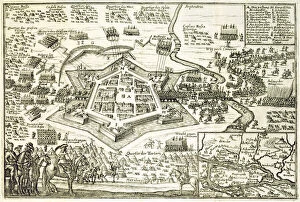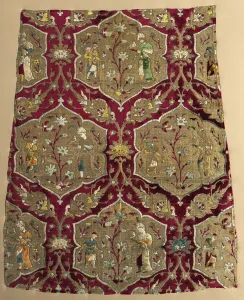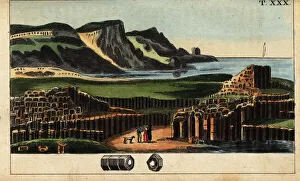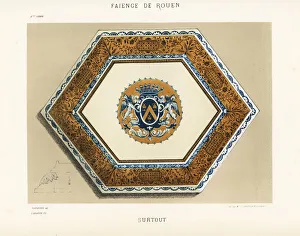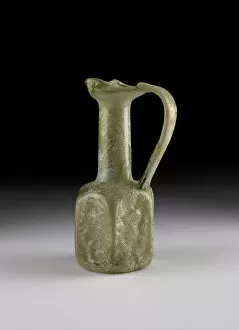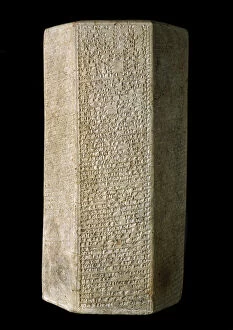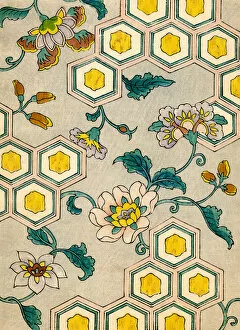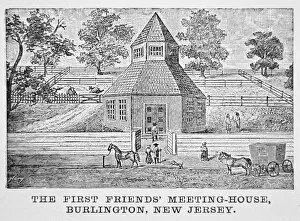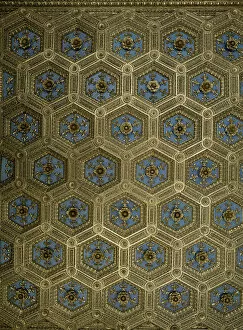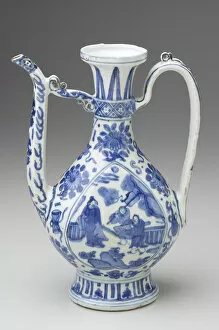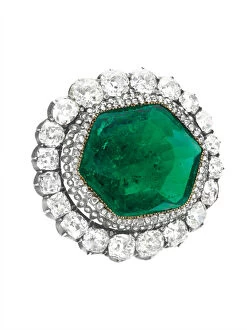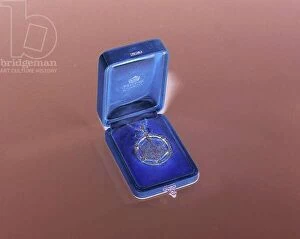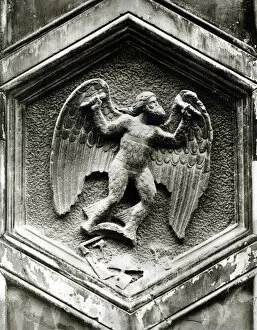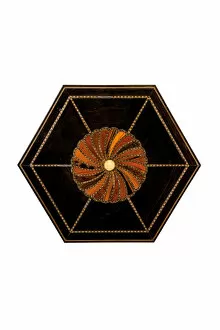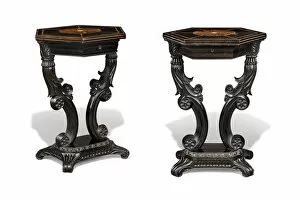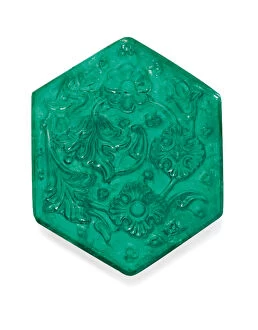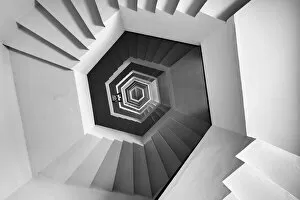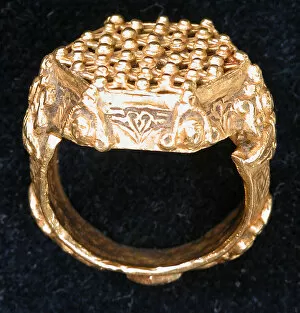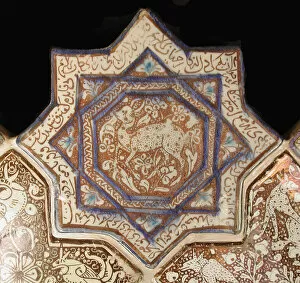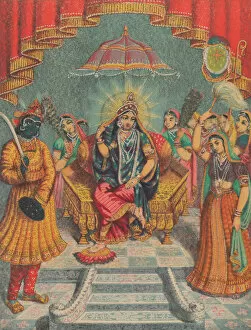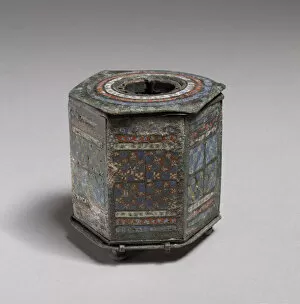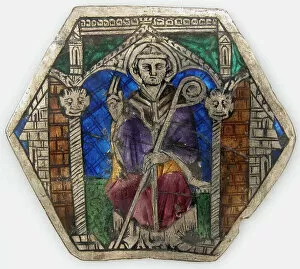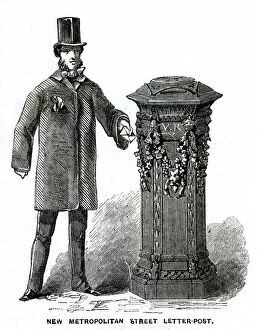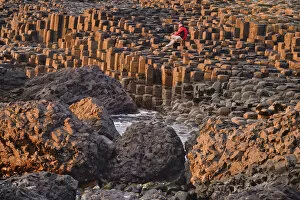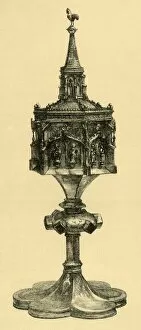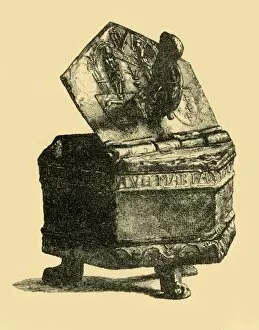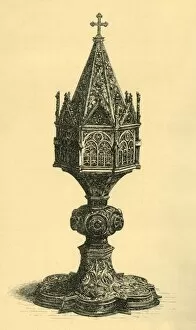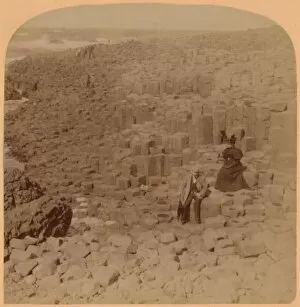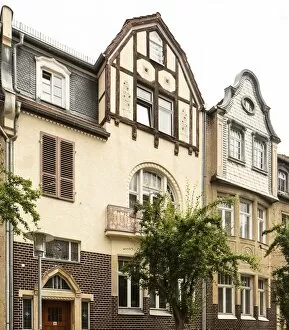Hexagonal Collection (page 2)
"Unveiling the Hexagonal Wonders: From Rolex Precision Watches to Honeycombs and Giants Causeway" Step into a world where precision meets beauty
All Professionally Made to Order for Quick Shipping
"Unveiling the Hexagonal Wonders: From Rolex Precision Watches to Honeycombs and Giants Causeway" Step into a world where precision meets beauty, as we explore the captivating hexagonal wonders that have fascinated mankind throughout history. In 1937, Rolex introduced their iconic precision watches, showcasing intricate craftsmanship with hexagonal patterns that symbolize perfection and elegance. Just like the honey bees (Apis mellifera) meticulously constructing their honeycomb homes in nature's symmetrical marvels. Delving deeper into the enchanting world of honeybees, we discover their fascinating life cycle and witness an expanded cross-section of their mesmerizing honeycomb structures. The interlocking hexagons serve as nature's ingenious design for maximizing storage space while maintaining structural integrity. Venturing further afield, we find ourselves at the Giants Causeway in Northern Ireland – a UNESCO World Heritage Site renowned for its awe-inspiring hexagonal basalt columns. Carved by ancient volcanic activity millions of years ago, these natural formations leave visitors spellbound with their geometric perfection. As twilight descends over County Antrim's northern coast, the Giants Causeway takes on an ethereal glow. Evening sunlight bathes these majestic columns in golden hues, creating a breathtaking spectacle that seems almost otherworldly. But our journey doesn't end there; it leads us to delve into cutting-edge nanotube technology. Carbon nanotubes display remarkable strength and conductivity due to their unique hexagonal lattice structure—a testament to human ingenuity inspired by nature's own designs. From microscopic wonders to grand scales, even Toscanelli's world map from 1474 reveals hints of hexagonality—showcasing how this shape has captivated minds across centuries. So let us celebrate the allure of all things hexagonal—the timeless elegance of Rolex watches, the architectural genius found within bee hives and Giant’s Causeway’s geological masterpiece—and embrace this universal language of symmetry that continues to inspire and fascinate us all.


